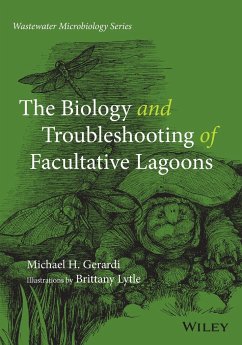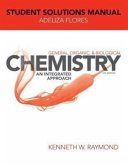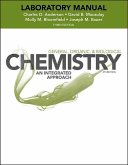The practical guide on what to do when troubleshooting facultative lagoons This richly illustrated, straightforward guide carries forth the legacy established by previous editions in the Wiley Wastewater Microbiology series. The Biology and Troubleshooting of Facultative Lagoons focuses on how facultative lagoons work. With a clear, user-friendly presentation of complex subject matter, the book teaches operators, laboratory technicians, and engineers the critical roles of microscopic and macroscopic organisms that live in and around lagoons. Next, the book provides biological and chemical approaches to understanding facultative lagoons and includes presentations on algae, archaea, bacteria, crustaceans, duckweed, aquatic and immature insects, grasses, rotifers, watermeal, weeds, worms, and burrowing animals. The Biology and Troubleshooting of Facultative Lagoons features: * Short-course situations tested by the author for the past twenty years * Essential information for understanding biological conditions such as Lower Life Forms; Algae; Higher Life Forms; Plants; Large Aquatic and Terrestrial Animals; Sludge and Odors; and Monitoring Devoid of overwhelming scientific jargon, chemical equations, and kinetics, this book simplifies details to provide quick instruction for plant operators and technicians and provide necessary information for understanding and treatment of domestic, municipal, and industrial wastewaters. Michael H. Gerardi holds an M.S. in Biology from James Madison University and has served as an expert witness for the US EPA on nitrification and denitrification. In addition to the prior books in Wiley's Wastewater Microbiology series, he has authored more than one hundred technical publications and has provided wastewater microscopy and consulting services for numerous municipal and industrial wastewater treatment plants. He is an independent consultant and has developed wastewater biology courses for Penn State University and has present course to an audience of over 10,000 operators.








